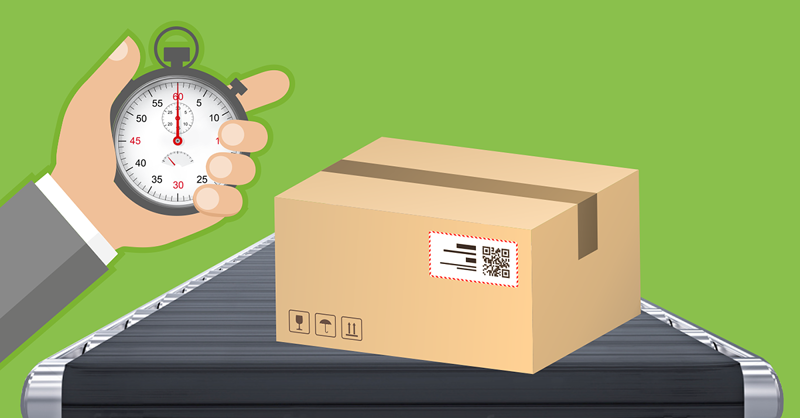Increasingly, businesses are turning to cloud-based transportation management systems (TMS) to automate business processes to save not just money, but time. In fact, worldwide revenue in the TMS sector is poised to surge from $9.6 billion in 2016 to an expected $30.04 billion by the end of 2025, indicating a compound annual growth rate (CAGR) of 13.6 percent, according to a study reported by DC Velocity. The increase of cloud-based TMS is an essential factor in the growth.
While the move to the cloud is easier than ever as implementation time and associated costs are falling, there are five things shippers should consider when evaluating production-level performance of their cloud-based parcel shipping system in a business environment where every second counts:
1) Fast Carrier Rating: Understanding the actual transportation costs associated with every logistics event in your supply chain will enable you to control profitability. Transportation costs can fluctuate based on any number of factors: weather, fuel surcharges, market conditions, or demand. Having real-time access to carrier rates at time of order entry or fulfillment is critical. Beware of reliance on carrier web APIs (or TMS services that solely rely on them) because their response rates may not be fast enough to meet your order entry or fulfillment needs. A well-designed, cloud-based TMS should be able to return carrier rates in less than a second, making it easier for e-tailers that need to route and rate shop hundreds and even thousands of orders every day.
2) Speedy Transaction Processing: When it comes to shipping, especially in the eCommerce industry where shipping is “free,” the pressure is on to do it better, cheaper, and faster. Especially faster. Those parcels zipping down your conveyor lines require a level of automation and processing speed that is unknown to freight shipping. Sheer volumes dictate that when it comes to parcel weighing, rating, and labeling, sub-seconds count. Meeting your delivery promise and maintaining your bottom line depends on it.
3) Local Data Integration: According to Vodafone’s IoTBarometerReport, more than 80 percent of companies working on IoT development say that its crucial role is to integrate analytics, artificial intelligence, and critical digital initiatives. Effective transportation execution requires connectivity and real-time access to order data to eliminate manual data entry and errors at point of shipping. The faster you can confirm a shipment with tracking information and proofs of delivery, the faster you will get paid. A cloud TMS with Internet of Things (IoT) capabilities can connect to local data sources from the cloud and make your shipping processes hum.
4) Device Connectivity: It used to be that if you wanted to automate high volume shipping processes you had to install software on premise. IoT technology has changed all that. Now cloud-based TMS solutions can leverage IoT technology to securely interface with scales, scanners, thermal label printers, and other material handling devices across the Internet, and fully automate high volume production shipping environments from the cloud.
5) Flexible Workflows: Logistics management remains a complex task. A cloud-based TMS can streamline processing flows and improve efficiency if there are tools available to adapt solutions to user-specific workflows, instead of the other way around. Because change is a constant in today’s business world, it is important that TMS solutions can be easily reconfigured by system administrators (and not necessarily developers) to stay ahead of the competition.
There are plenty of reasons to move to a cloud-based TMS solution, but if you have a need for speed, you need to take agility and velocity into serious consideration because milliseconds count. Pierbridge’s parcel TMS platform, Transtream, provides all of the shipping apps, APIs, and IoT capabilities you need to process parcels like a boss.
